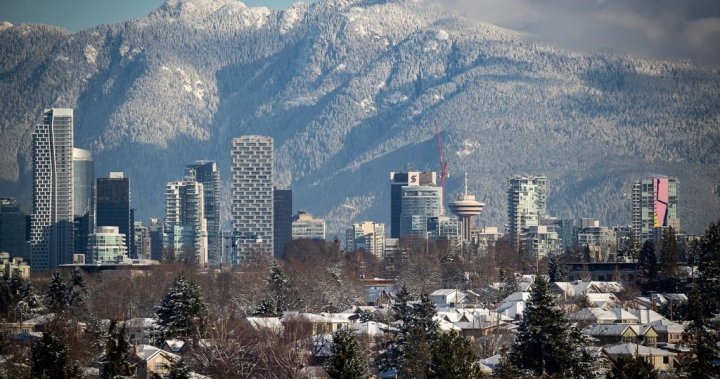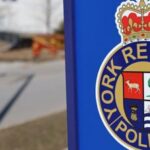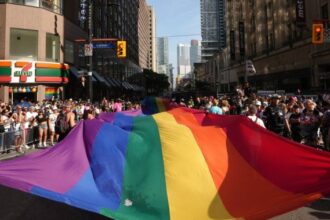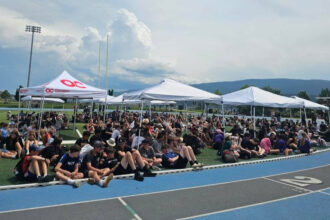British Columbia Federal Election Battleground Emerges as Key Focus
The picturesque landscapes of British Columbia are becoming the backdrop for an intensifying political battle as federal parties sharpen their strategies in what analysts increasingly identify as a critical election battleground. With polls suggesting a tightening race nationwide, BC’s 42 federal ridings—many of them highly competitive—could ultimately determine which party forms the next government in Ottawa.
“British Columbia has transformed from a peripheral consideration to the centerpiece of federal election planning,” explains Dr. Eleanor Ramirez, political science professor at Simon Fraser University. “The province’s demographic shifts and changing voter patterns have created a perfect storm of electoral unpredictability that strategists can’t ignore.”
Recent polling data reveals why party leaders are scheduling more frequent visits to Canada’s westernmost province. The Conservative Party currently holds 13 seats in BC, while the NDP maintains 14, the Liberals 14, and the Green Party 1. However, at least 15 ridings are considered “toss-ups” where margins of victory in the last election were less than five percentage points.
The Lower Mainland: An Electoral Hotspot
The Lower Mainland, particularly suburban districts surrounding Vancouver, represents the most contested territory. These communities—characterized by growing diversity, housing affordability concerns, and shifting economic priorities—have demonstrated remarkable electoral volatility over recent cycles.
“Voters in places like Coquitlam, Surrey, and Richmond are increasingly policy-focused rather than party-loyal,” notes Maria Chen, veteran campaign organizer who has worked on multiple federal elections. “They’re evaluating platforms based on specific issues that affect their daily lives—affordability, healthcare capacity, climate policies, and immigration systems.”
Strategic Messaging Intensifies
Party strategists acknowledge this reality through increasingly tailored messaging. Conservative Leader Pierre Poilievre has emphasized housing affordability and economic management during his BC appearances, while Prime Minister Justin Trudeau focuses on climate initiatives, healthcare investments, and the Liberal government’s childcare program implementations across the province.
Meanwhile, NDP Leader Jagmeet Singh, who represents the Burnaby South riding, leverages his local connections to position his party as the authentic voice for working British Columbians struggling with the province’s high cost of living.
The Green Party, despite holding only one seat nationally in Nanaimo-Ladysmith, sees opportunity to expand its influence in environmentally-conscious communities on Vancouver Island and the Gulf Islands.
Regional Dynamics Beyond the Lower Mainland
Beyond the Lower Mainland, the Interior and Northern regions present different challenges. Conservative strength in these regions faces tests from both economic concerns—particularly in resource-dependent communities—and growing environmental awareness regarding forestry practices, pipeline developments, and extreme weather events like the devastating wildfires of recent summers.
Indigenous voters across BC also represent an increasingly mobilized electoral force. First Nations communities have demonstrated growing electoral participation rates, with concerns around reconciliation, resource development consent, and environmental protection driving voting decisions.
Timing and Impact on National Outcomes
Political observers note that British Columbia’s electoral importance extends beyond simple mathematics. The province’s later time zone means results from BC often become available when eastern Canada races are already decided, creating scenarios where the province’s outcomes could determine government formation in dramatic fashion.
“The psychological impact of potential BC decision-making power has fundamentally altered how national campaigns allocate resources,” says Tom Wilson, campaign strategist and political consultant. “We’re seeing unprecedented advertising buys, candidate recruitment efforts, and leadership visits targeting British Columbia specifically.”
Key Issues Ahead of the Election
With approximately eight months remaining before the expected election, parties continue refining their provincial strategies while monitoring local issues that could emerge as decisive factors. Housing affordability tops virtually every poll of voter concerns, followed closely by healthcare capacity, environmental policies, and economic security.
As we approach this consequential electoral contest, one question remains paramount for British Columbians: Will their province’s transformation into a critical battleground translate into meaningful policy attention for western concerns in the next Parliament, or merely represent a temporary focus of campaign resources in pursuit of power?
For more comprehensive political coverage, visit CO24 Politics or follow our ongoing election analysis at CO24 News.










